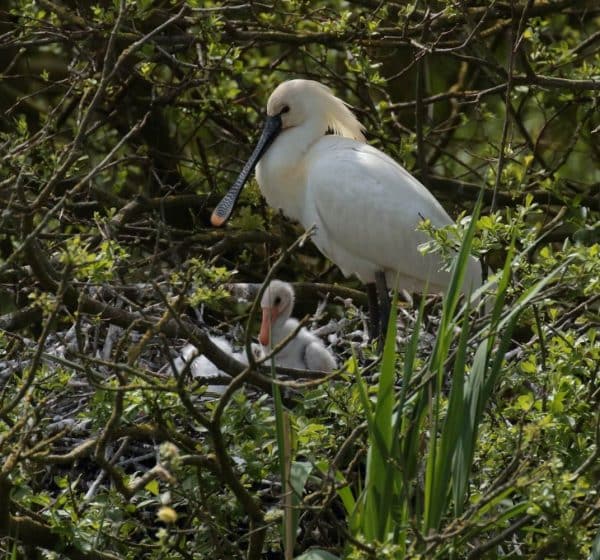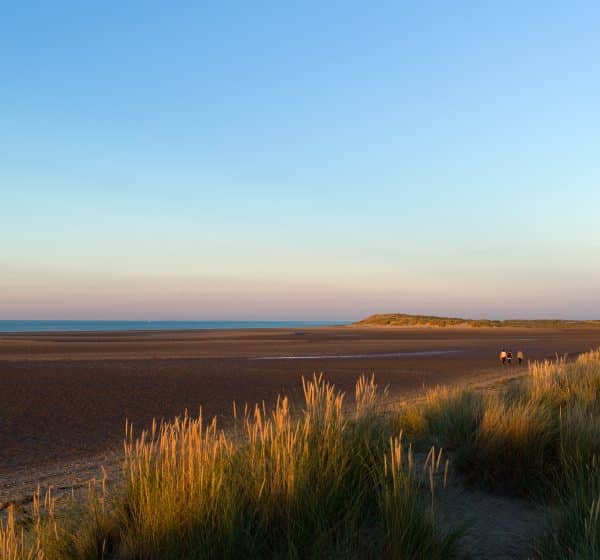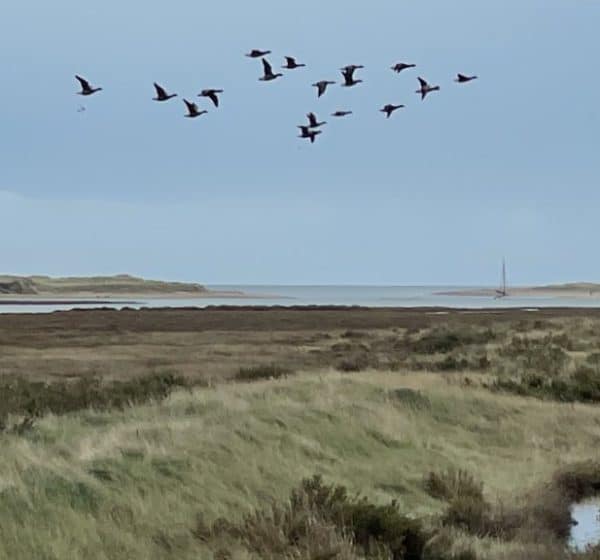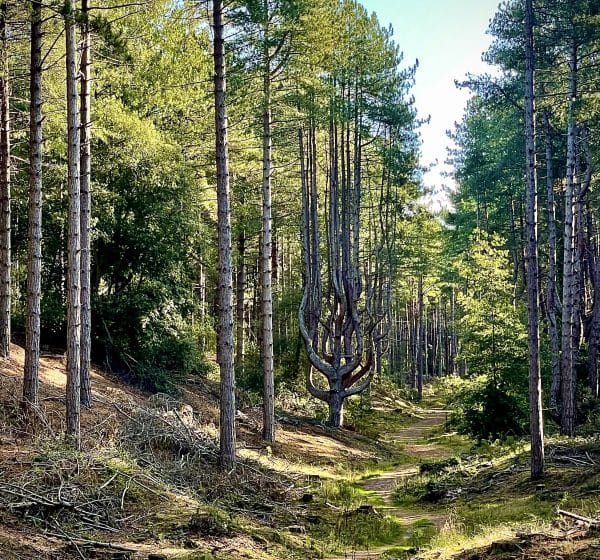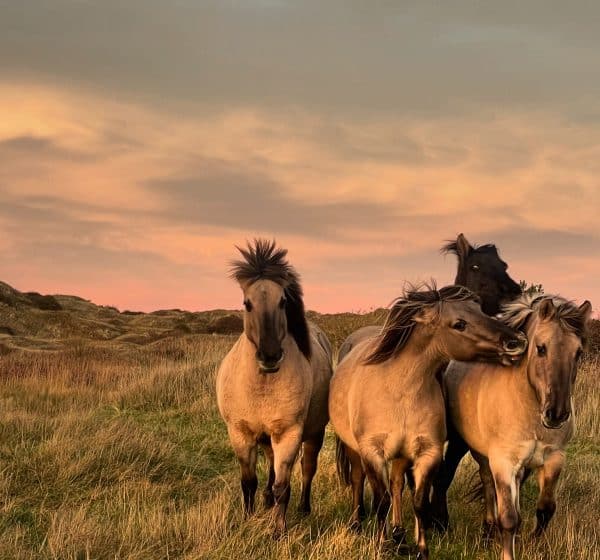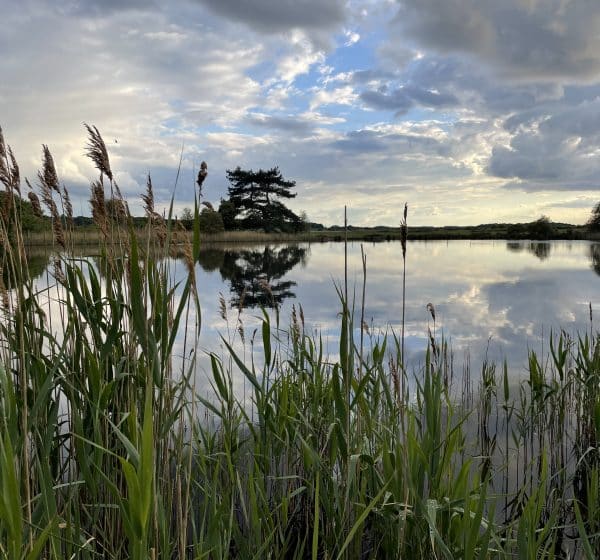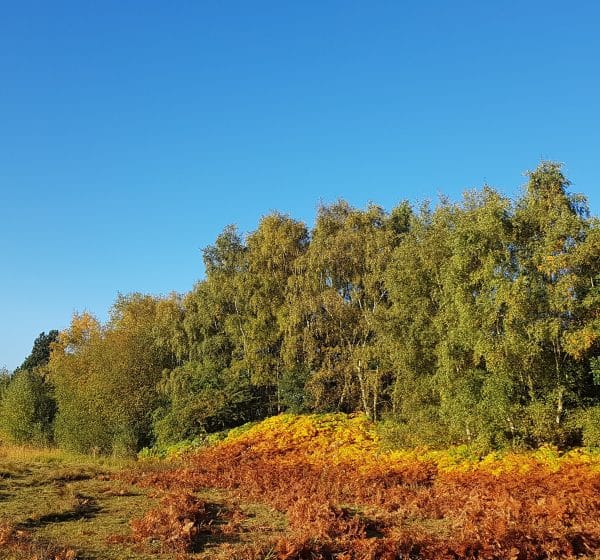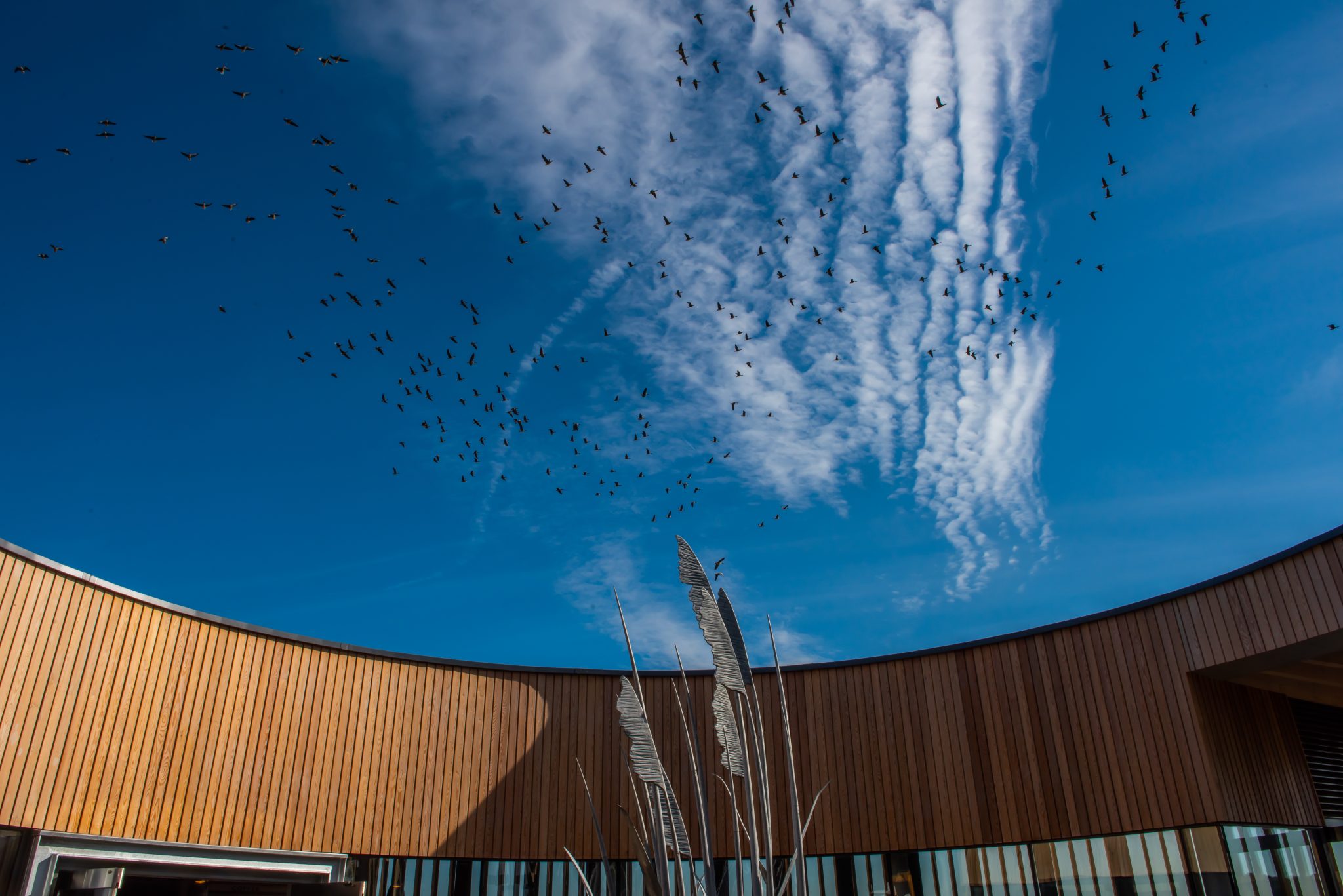
Holkham National Nature Reserve Locations
The Lookout
From water’s edge to treetop we’re taking care
Holkham National Nature Reserve (NNR) covers 10,000 acres of the coast between Stiffkey and Burnham Norton. It is made up of diverse habitats such as salt marshes, sand dunes, tidal sands, pine woodland and the reclaimed freshwater grazing marshes you see before you.
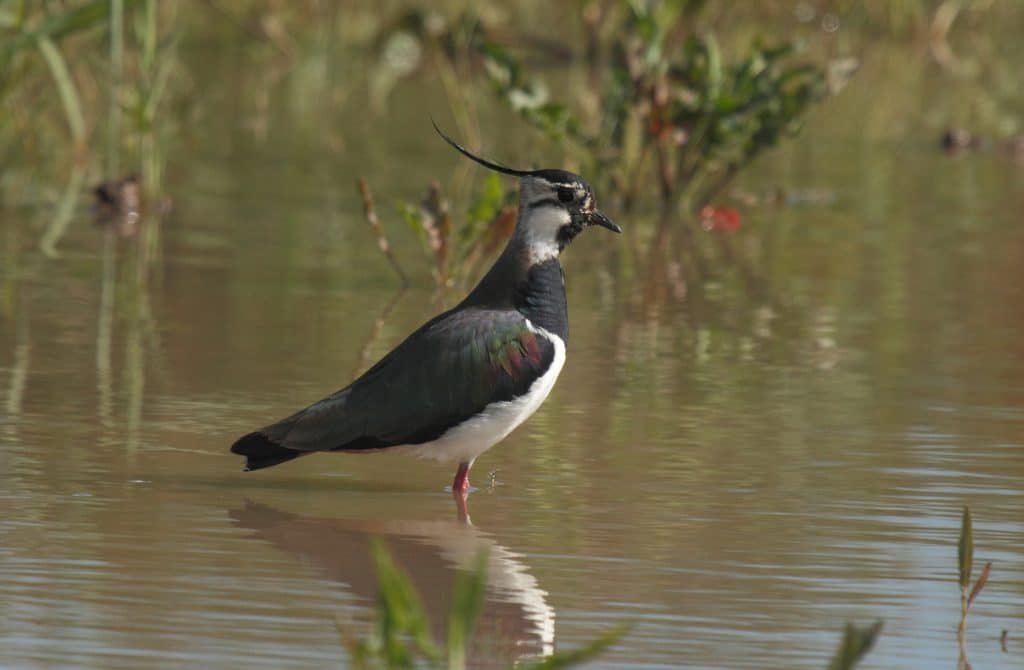

The grazing marshes are important for wintering wildfowl such as Wigeon, Teal, Pink-footed and White-fronted Geese. In the summer Lapwings, Redshank and Avocets arrive to nest. The old 18th century sea bank to your left was built to take land back from the sea by starving the marshes of seawater, hence a transformation to brackish then freshwater marshes with some land farmed over the years before recent environmental schemes gave all the land back to nature. It is hard to believe that in the Middle Ages Holkham village was once home to a small but thriving port. With climate change and predicted sea level rises in the future, history might repeat itself again as even more transformations are likely to take place.
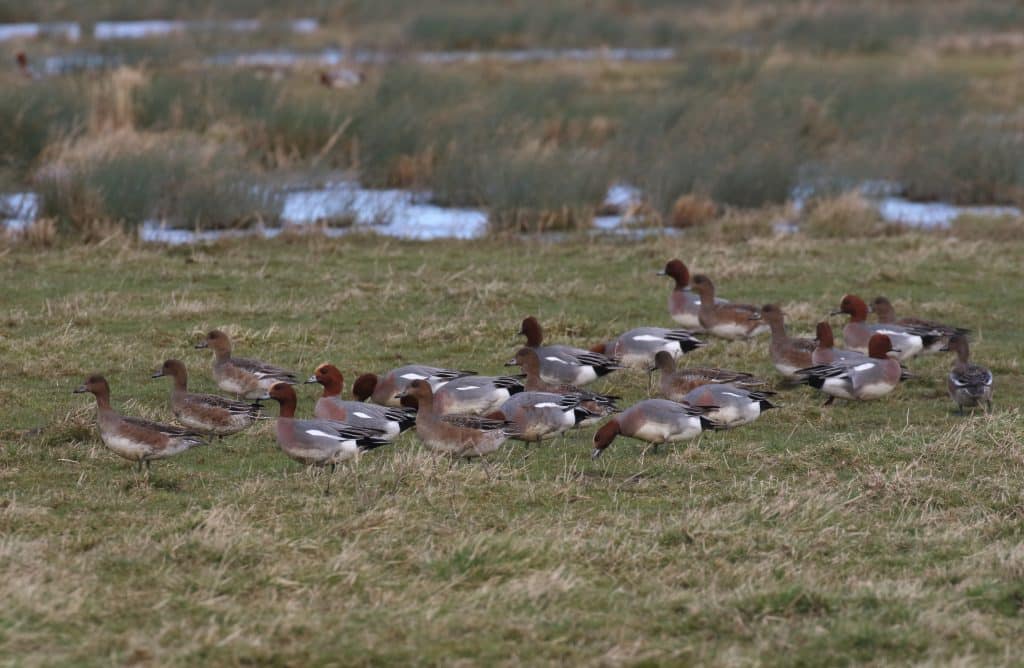
It is hard to believe that in the Middle Ages Holkham village was once home to a small but thriving port. With climate change and predicted sea level rises in the future, history might repeat itself again as even more transformations are likely to take place.

